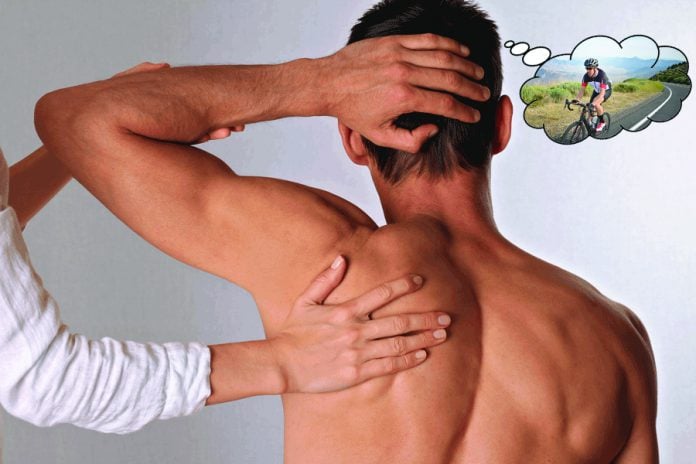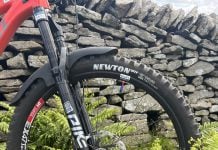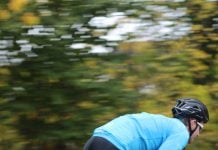Dave Heath graduated from the British School of Osteopathy in 1983 and subsequently completed a psychotherapy training to further his understanding of mind-body connections and the complexity of pain. Dave is a keen mountain bike rider and has worked with elite downhill and enduro riders. We’re thrilled to have Dave writing articles for us using extensive knowledge gained over his career and in this article Dave outlined the reasons Osteopathy could be used to improve the welfare and ability of cyclists.
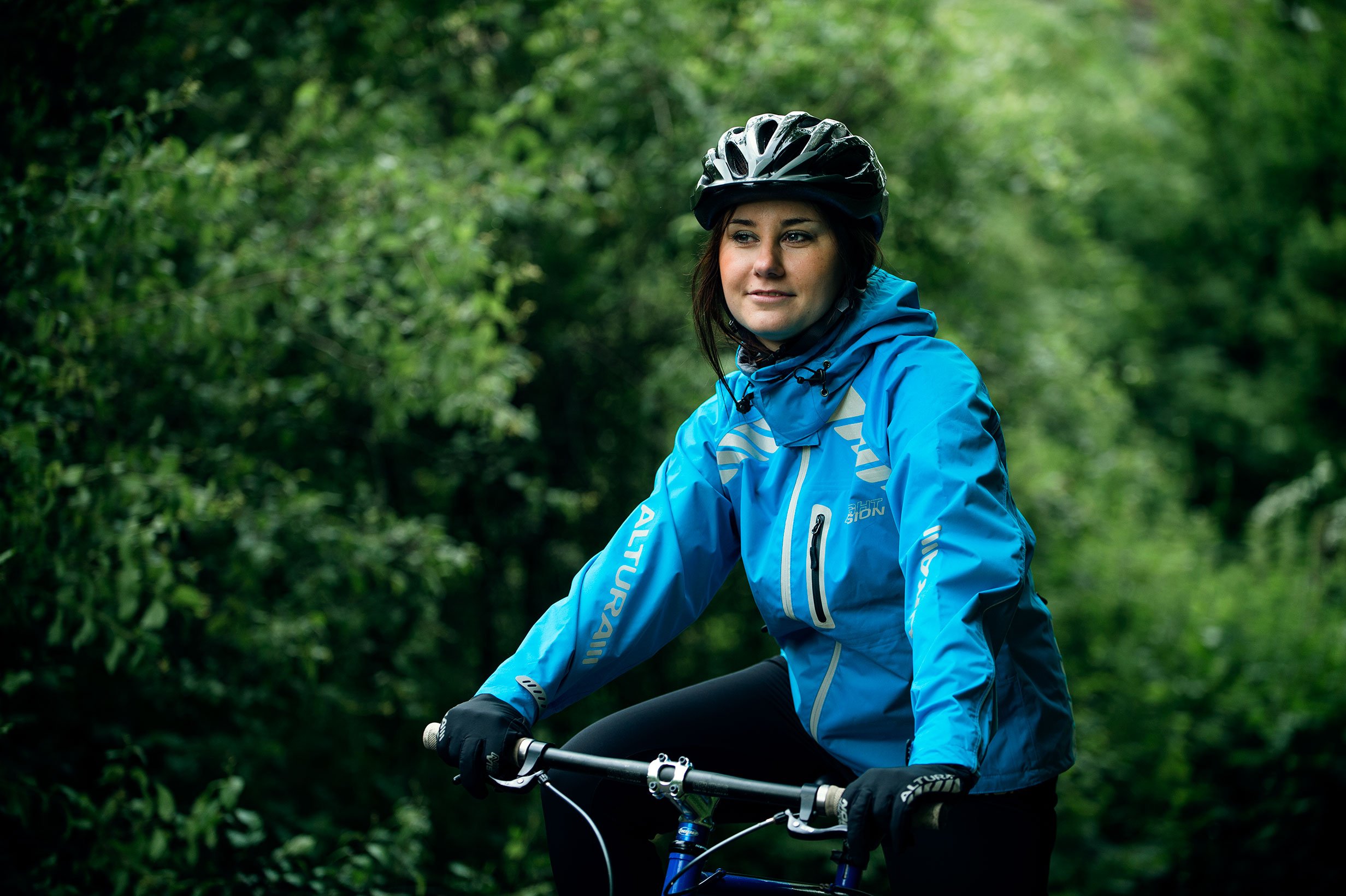
The Definition.
Osteopathy in its broadest sense is used as a means of facilitating health, integrating skilled manual therapy with considerations of other determinants of health such as nutrition, activity, lifestyle and psychosocial factors. In a less expansive, but no less useful, way people use osteopathy as a ‘body mechanic’, assessing and treating problems within a person’s musculoskeletal system. These two ways, though rarely exclusive of one another, can be utilised by cyclists of all persuasions to improve their functioning, performance and enjoyment on a bike.
The osteopath as the ‘body mechanic’.
Our bodies, like our bikes, sometimes need “a bit of fettling”. Just as our wheel may need truing after hitting a pothole or rock, similarly our bodies can sometimes get out of sync after a fall off the bike or a twist to correct yourself on the bike for example. Dave has treated a lot of mountain bike riders who have been carrying imbalances of tension down their spine after falls off their bikes that have injured their neck, shoulder or pelvis. These tensions can be present long after they have, to their knowledge, recovered.
It can also be the case that we have to know the limitations of our bodies, like our bikes. For example, a local rider has had one his knees replaced. He finds that under harder load, for example a climb, he can notice that his none replaced side is doing a lot more work. To make sure that this difference doesn’t then translate into strain on other parts of his body needs to make sure that his bike is adequately geared for his body not for the latest trend in drive trains. On top of this he needs to know when to lessen his effort. It is quite common for cyclists pushing big gears to encounter issues through the lower back and pelvic area.
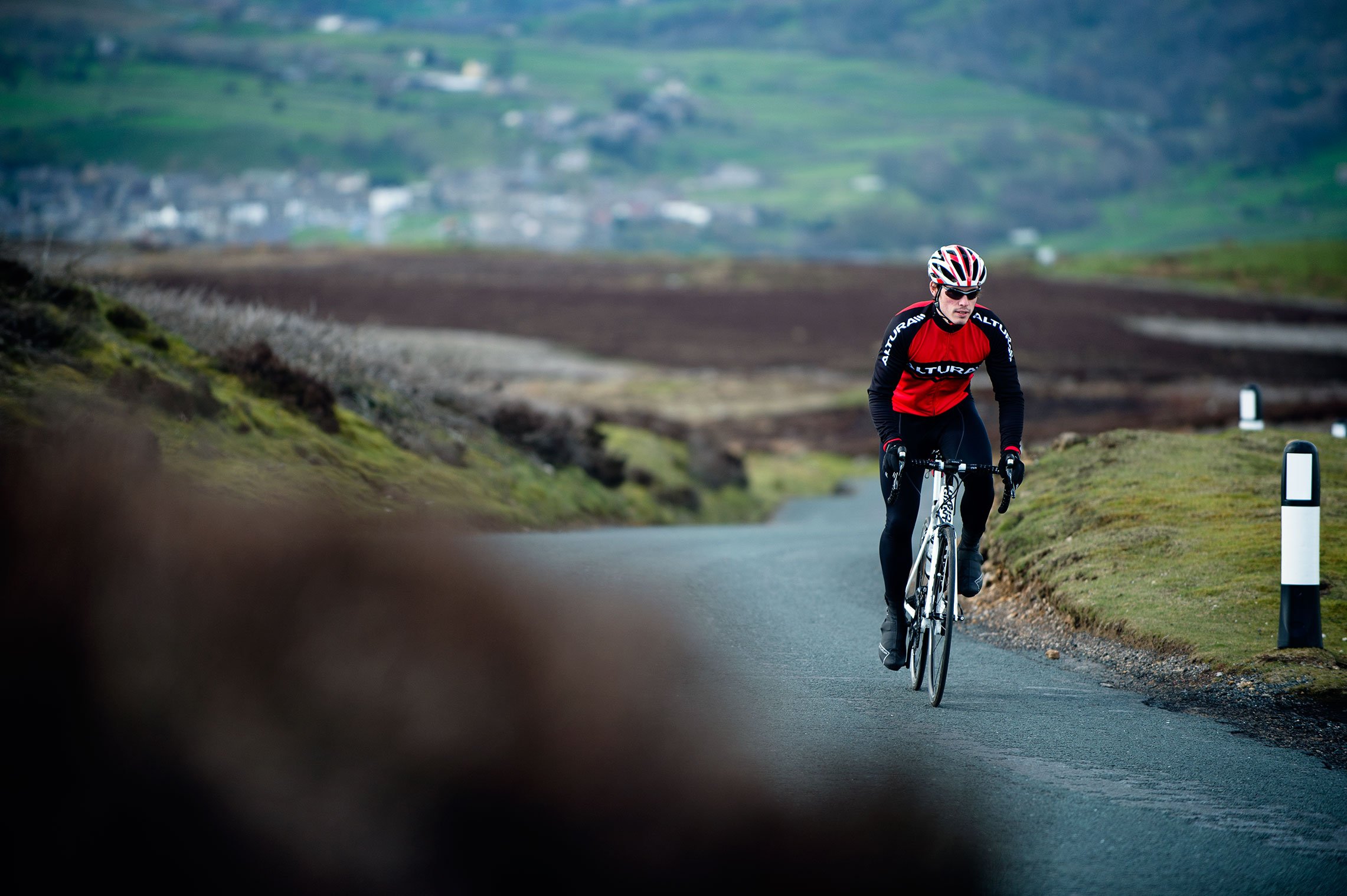
The rider can also do specific conditioning routines off the bike to help him cope better on the bike. Osteopathy can help with diagnosing and treating any areas of muscle tension or joint restriction that may compromise how he is on his bike alongside providing exercise routines to help with conditioning. As someone who rides mountain bikes Dave has also researched some of the conditioning routines relevant to mountain biking. This can be useful to any cyclist that wants to supplement their riding fitness with some gym conditioning.
There is also cross over between the input of the guys who do the professional bike fitting and the biomechanics of your body. We’ll be touching on this in our article about bike fitting with our own specialist. Adjustment to your bike may need to go along with efforts to improve your body function. A common complaint Dave receives from many road cyclists who have been off their bike for a while, or who are new to it, is neck ache and headaches during or following a ride. He has found for many people who, shall we say, have had a few birthdays, that they often have some reduction of neck mobility. The reduced mobility doesn’t make it easy for them to ride with their neck in an extended position for long. Treatment can be aimed at gently improving neck mobility but often needs to extend to the rest of the spinal flexibility and shoulder girdle flexibility, osteopathy in this instance is about helping your body work as an integrated whole. Part of this may be discussing with the bike shop about bar and stem height and the possibility of looking at a more upright style altogether. It depends of course what you are wanting out of your riding and whether there are any trade-offs you require with comfort vs aerodynamics. A supple spine may allow for your cake and to eat it but alas not everybody on a bike is supple.
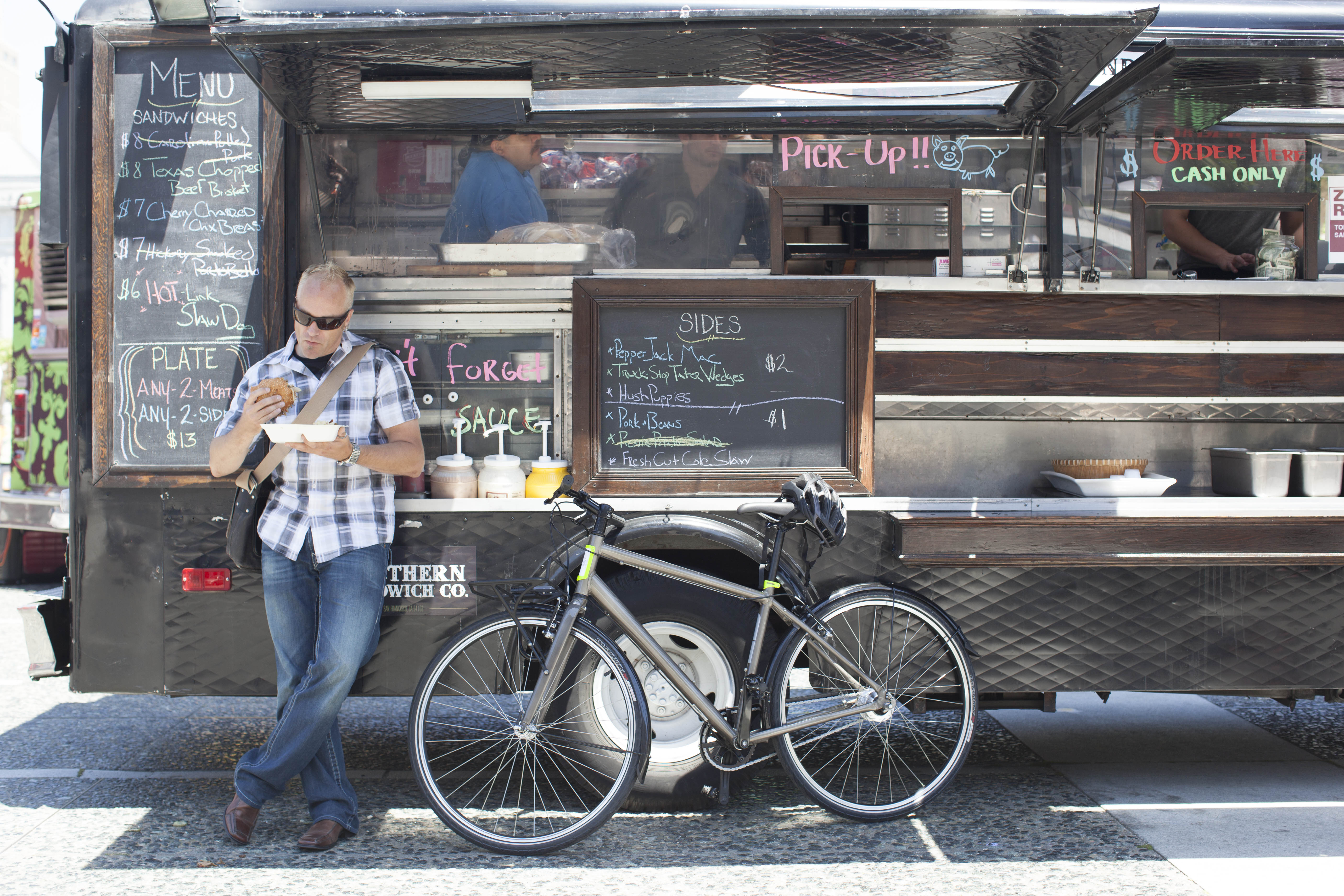
In summary, osteopathy, following the ‘body as a machine’ metaphor, uses skilled palpation to firstly assess the body’s mechanics, which may entail an assessment of the nervous system along with the system of muscles, joints, tendons and ligaments to build a picture of how the body parts are functioning in relation to one another. Secondly, the osteopath uses skilled manual therapy to facilitate improvement of function and stimulate tissue repair and rehabilitation alongside advice on self help and management strategies to improve and maintain functioning.
Osteopathy as a health facilitator

“He’s a machine!” you sometimes hear people say when describing an athlete at the peak of his sport. Yet athletes performing at this level have had to be anything but machine like. In addition to all of the physical and biomechanical considerations they will have examined their nutrition, to optimise performance and recovery; their psychological preparation for an event; their sleep hygiene; their social life; stress factors and fun factors and then integrated all of this information to help them achieve such a high level of performance. We are also familiar with media stories of an athlete’s dip in performance that coincided with a change in their life circumstances; a fall out with their manager, team dis-harmony, the arrival of a baby and so on.
The model that many athletes utilise to maximise their performance is, in many ways, the model known as the biopsychosocial model of health, where they consider the entirety of influences on their wellbeing. This model, used by Dave as an osteopath, is equally applicable to the amateur competitive cyclist wanting to improve their performance or the person who wants to cycle to improve their well-being. Treatment is, of course starting at a considerably lower baseline for Joe Average than the elite athlete but each person exists on a continuum of health and well being that sometimes tips them more toward the wellness side of things and, at others, the illness side. Dave’s job is to work with you to discover the elements of your life that are influencing your health; your job is to take responsibility for enhancing the positive elements and addressing the negatives.
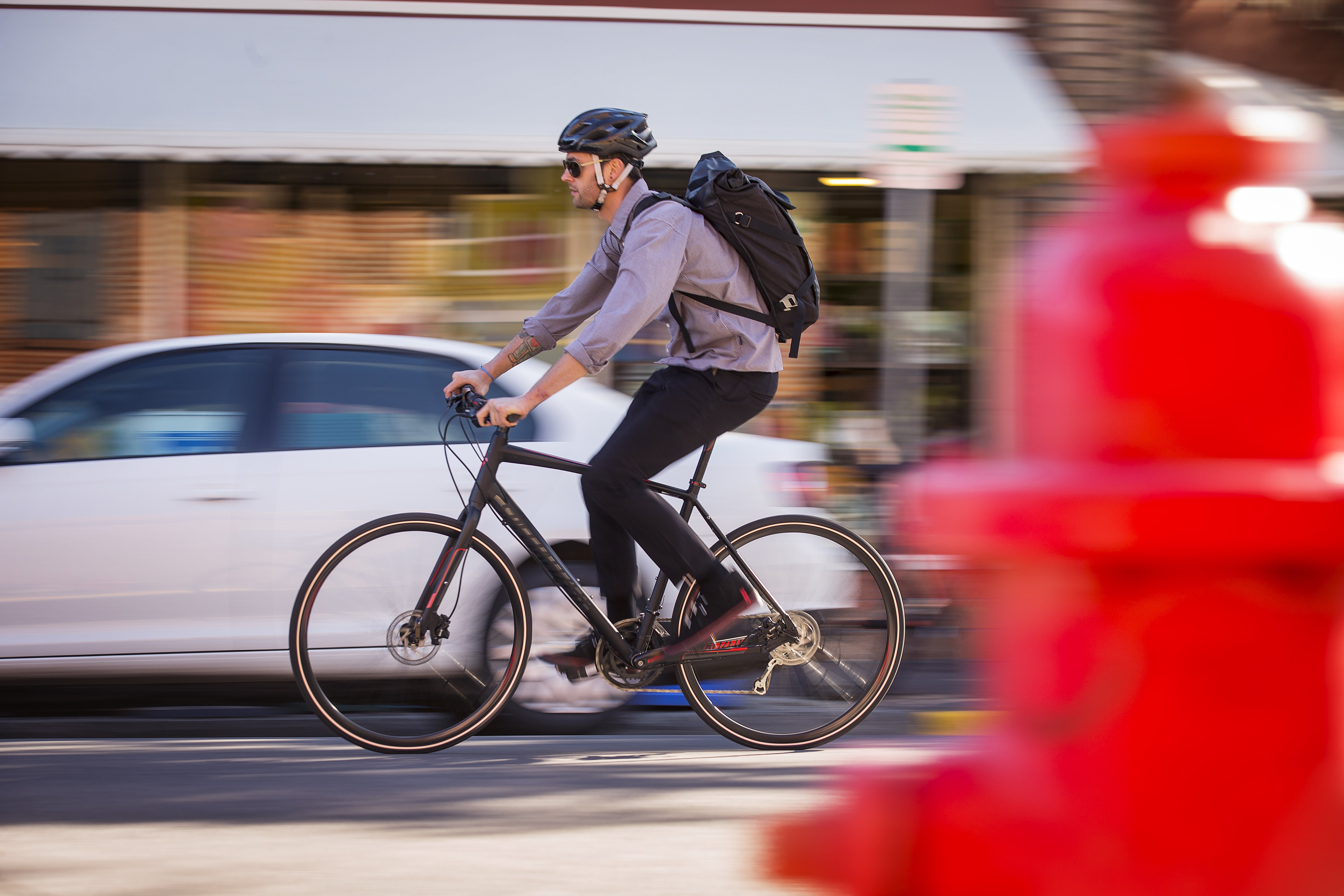
This is not always easy, in fact it can be challenging, but just as the top end athlete has to be dedicated to be at the top of their sport, the regular person who wants to improve their health is not going to achieve this without effort.
Where does cycling fit into this? Because research into pain management has shown that moderate regular aerobic exercise helps with reducing pain. Not only this, exercise has beneficial effects on mild to moderate depression, particularly if it is fun as well. Depression and chronic physical pain are often found together so both often need addressing. Current NHS health guidelines recommend 150 minutes of moderate aerobic exercise per week and cycling could easily satisfy this requirement in a fun way and in a way that can be friendly on the joints and muscles.
This aspect of osteopathy, whilst not ignoring the physical therapy element of it, also allows for the time to explore the other elements of life that can be influencing your well being. It is not a counselling or psychotherapy session, but it is a space to take a step back and look at how you are running the show. Just as the condition of your bike is reflected in how you ride and maintain it so is the condition of your body reflected in the ways that you drive it and care for it.
In Summary.
Osteopathy can improve both the biomechanics of your body and your overall wellbeing. By relieving tensions through the body, and helping to deal with the impact of stress, osteopathy can help you back to optimum health. Should have any more questions on the subject you can check Dave’s website at http://www.dhosteopathy.co.uk/ or contact Dave on 07787557519.
Dave Heath D.O.

